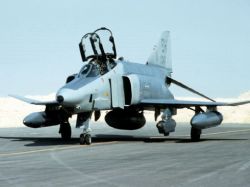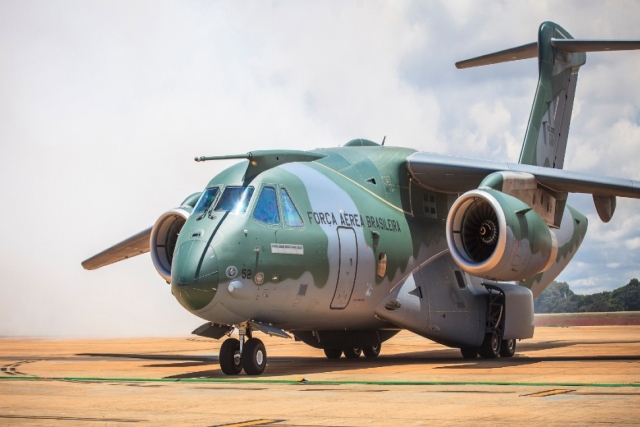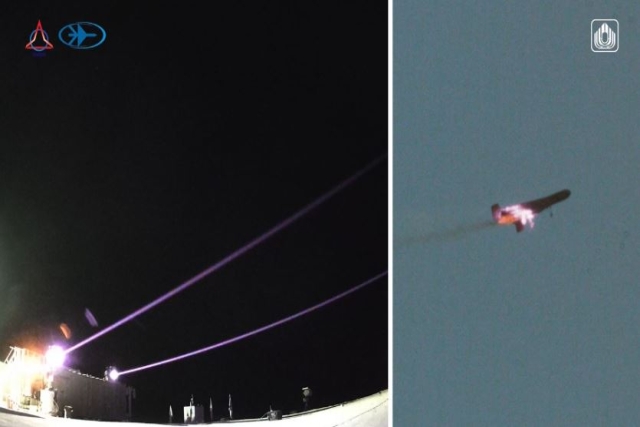South Korea Enters Final Phase Of $7.3 Billion Fighter Contest

South Korea’s $7.3 billion bidding contest to buy 60 new combat jets will end on June 28 after 10 days of maneuvering among three competitors.
This is the third and final phase of the country’s decade long “F-X” plan to acquire 120 advanced aircraft before 2020 to replace its older F-4 Phantoms.
The three bidders are Lockheed Martin with the F-35A, Boeing with its F-15 Silent Eagle and EADS for the Eurofighter Typhoon.
They are required to submit the prices of their aircraft and other spare parts to South Korea’s Defense Acquisition Program Administration (DAPA). The bidding lasts through June 28 and participants will be required to rebid multiple times per day, said DAPA spokesman Baek Yoon-hyung.
“The bottom line is if the bidders propose affordable prices that go under the allocated budget of $7.4 billion,” Baek said. “Even if a bidder offers a price within the budget scope, the DAPA could request the bidders to tender prices again and again so as to encourage competition.”
The price evaluation includes the assessment of operation and management costs and the purchase price. This category accounts for 30 percent of the total evaluations.
For Lockheed Martin, the price bidding is a concern since the F-35 Joint Strike Fighter program has been troubled by schedule delays and subsequent cost overruns -- an estimate cost $10.8 billion, up 30 percent of the DAPA budget, according to reports. This in particular, worries South Korea.
“We’ve been asking the US government to come up with plans to guarantee a fixed per-plane price because the F-35 price tag could skyrocket amid US mandatory budget cuts and possible cancellations of orders by customer nations,” a senior DAPA official said.
Boeing appears to have an advantage in the price contest. South Korea has the support infrastructure for F-15 planes, which could lower the operation and maintenance costs to an extent.
“We recognize the importance of the affordability, and we’re very confident that we put a very affordable and attractive offer to South Korea,” said Howard Berry, Boeing vice president for sales.
The critics however are skeptical about the Silent Eagle, assuming it to be the costliest at later stages.
On the other hand, questions remain about Eurofighter’s logistics support costs given the South Korean Air Force has seldom operated European planes.
Bidders offered competitive offset packages to make the decision easier, according to the DAPA.
Lockheed proposed to support South Korea’s efforts to develop and launch a military communications satellite. It also suggested it could build a live virtual constructive (LVC), a state-of-the-art battlefield training simulation system for airmen.
Boeing also pledged that it would provide an LVC for the South Korean military. The company offered more than $1.2 billion in parts manufacturing and design and development, direct to Silent Eagle, as well as export work for other defense and commercial programs, according to Amy Horton of Boeing Defense, Space & Security.
In addition, Boeing will establish avionics maintenance, repair and overhaul facility in Yeongcheon of North Gyeongsang Province. The facility will service avionics components for South Korea’s fleet of F-15Ks.
EADS promised to invest $2 billion in the KF-X effort, which is aimed at developing an F-16 class indigenous fighter jet. The European group also proposed that South Korea assemble 53 of the 60 planes locally to help boost the nation’s aerospace industry.
EADS additionally offered to transfer fighter jet technologies, including MBDA’s air-to-air Meteor missiles, to South Korea.










